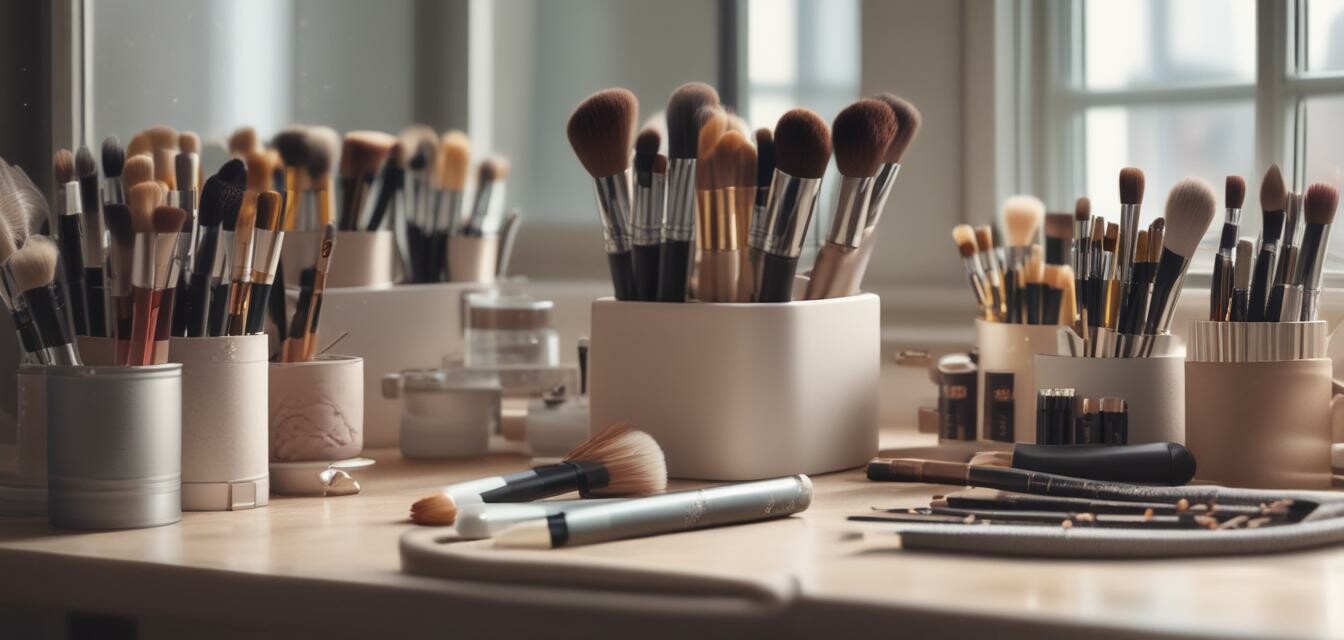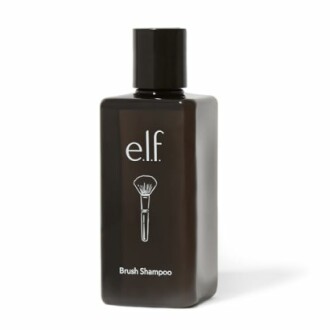
This article was generated using AI and is based on real customer reviews from the Amazon platform. It contains affiliate links, meaning we may earn a commission—at no extra cost to you. As Amazon Associates, we earn from qualifying purchases.
Understanding the Best Practices for Sanitizing Makeup Brushes
Key Takeaways
- Regularly sanitizing makeup brushes is crucial for preventing skin issues.
- Using the right cleaning solutions can maintain the quality of your brushes.
- Understanding when and how often to clean your brushes can extend their lifespan.
Sanitizing makeup brushes goes beyond just aesthetics; it’s a necessity for maintaining skin health and prolonging the life of your beauty tools. In this comprehensive guide, we’ll explore best practices for keeping your brushes clean, preventing the buildup of bacteria and grime, and ensuring flawless makeup application.
Why Cleaning Your Makeup Brushes Matters
Makeup brushes can harbor bacteria, oils, and leftover product that can lead to skin irritations and breakouts. By establishing a regular cleaning routine, you're safeguarding your skin and ensuring that your makeup performs at its best. Here are some benefits of sanitizing your brushes:
- Prevents bacterial growth
- Enhances the longevity of your brushes
- Ensures smooth application and blending
- Maintains makeup quality
Best Practices for Cleaning Makeup Brushes
Here’s a step-by-step guide to effectively sanitize your makeup brushes:
- Gather your materials: You'll need a cleaning solution, a bowl, and a towel.
- Choose the right cleaning solution: You can opt for specialized brush cleaners, mild soap, or homemade solutions.
- Prepare the cleaning mixture: If using soap, mix it with warm water in a bowl.
- Swirl your brushes: Dip the brush bristles into the solution and gently swirl. Avoid submerging the entire brush.
- Rinse thoroughly: Rinse bristles under warm running water until the water runs clear.
- Shape and dry: Reshape the bristles and lay them flat on a towel to dry.
Choosing the Right Cleaning Solution
Different types of cleaning solutions can be used for your makeup brushes. Here’s a comparison table to help you decide:
| Cleaning Solution | Pros | Cons |
|---|---|---|
| Commercial Brush Cleaner | Effective and formulated specifically for brushes | Can be expensive |
| Mild Soap (e.g., baby shampoo) | Gentle on bristles, affordable | May not eliminate all bacteria |
| DIY Solutions (e.g., vinegar, water) | Natural ingredients, budget-friendly | Effectiveness varies |
How Often Should You Clean Your Brushes?
The frequency of cleaning depends on how often you use your brushes:
- Every day: Eye brushes should be cleaned daily to prevent product buildup and irritation.
- Once a week: Foundation and face brushes should be sanitized weekly.
- Every month: Deep clean all long-term stored brushes.
Product Recommendation
To keep your brushes in top condition, consider using a dedicated brush cleaner. The e.l.f. Makeup Brush Shampoo is an excellent choice:
e.l.f. Makeup Brush Shampoo
This liquid cleaner washes away dirt, makeup, and oil while conditioning your brushes for a flawless look.
Learn MoreTips for Maintaining Brush Hygiene
Beginner Tips
- Use a lint-free towel to dry your brushes.
- Store brushes upright in a holder to maintain their shape.
- Avoid sharing brushes to reduce contamination.
- Label different brushes for specific uses.
Final Thoughts
Maintaining your makeup brushes is an essential practice for any beauty enthusiast. Regular cleaning not only protects your skin but also ensures the quality of your makeup application.
Pros
- Enhances makeup application
- Reduces risk of skin irritation
- Extends brush lifespan
Cons
- Requires time and effort
- Specialized products can be costly
Further Reading
For more insights on beauty tool hygiene, check out our other resources:
